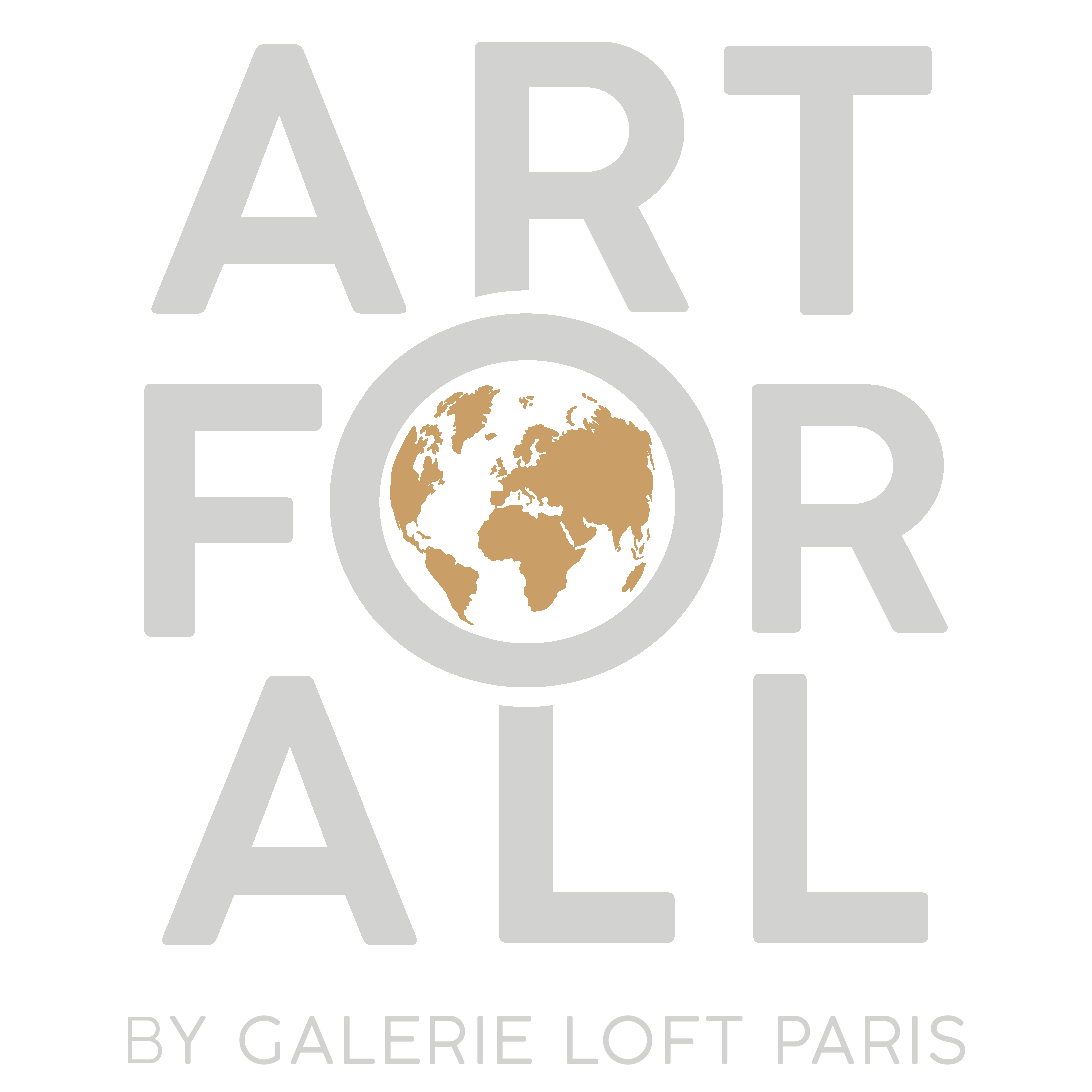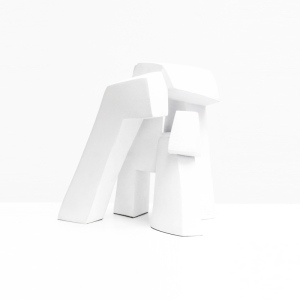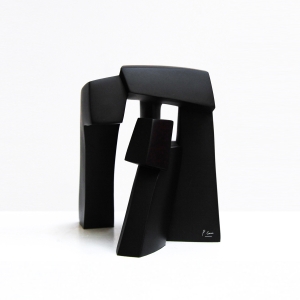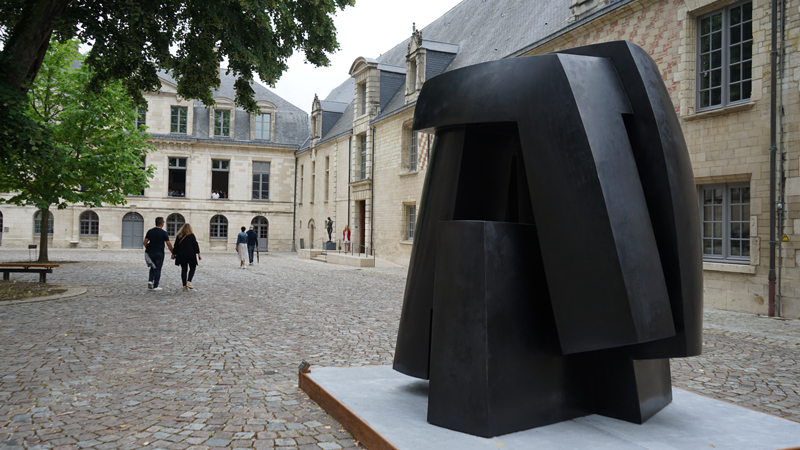
On the occasion of its reopening, the Museum of Modern Art in Troyes pays tribute to Parvine Curie in a solo exhibition taking place from June 24, 2023, to January 15, 2024. This exhibition follows in the footsteps of the retrospective dedicated to her in 1984, during the establishment’s opening.
The LOFT gallery was present at the exhibition’s opening on June 22nd, alongside the artist. Today, we invite you to discover our visual coverage of the event!
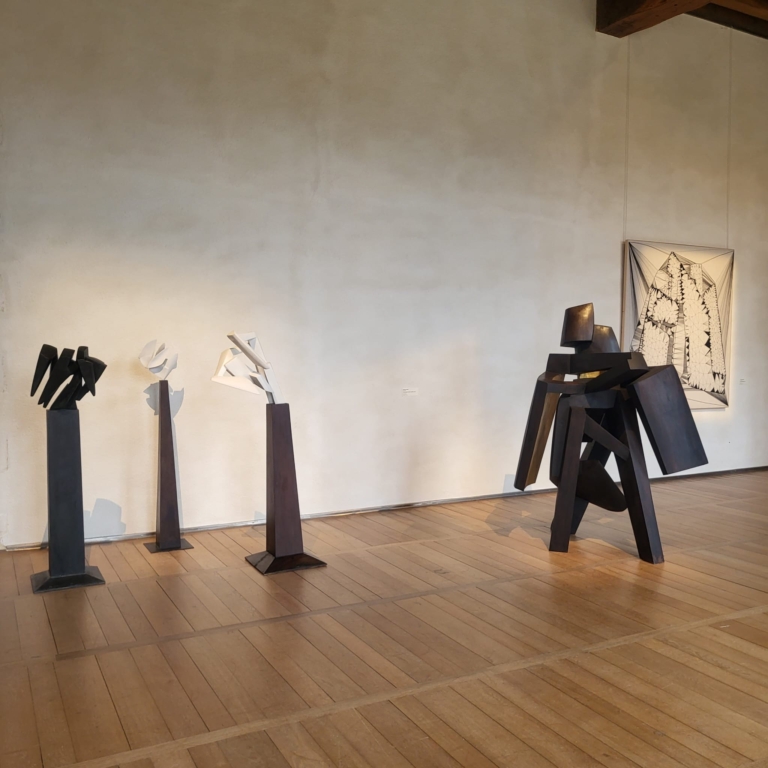
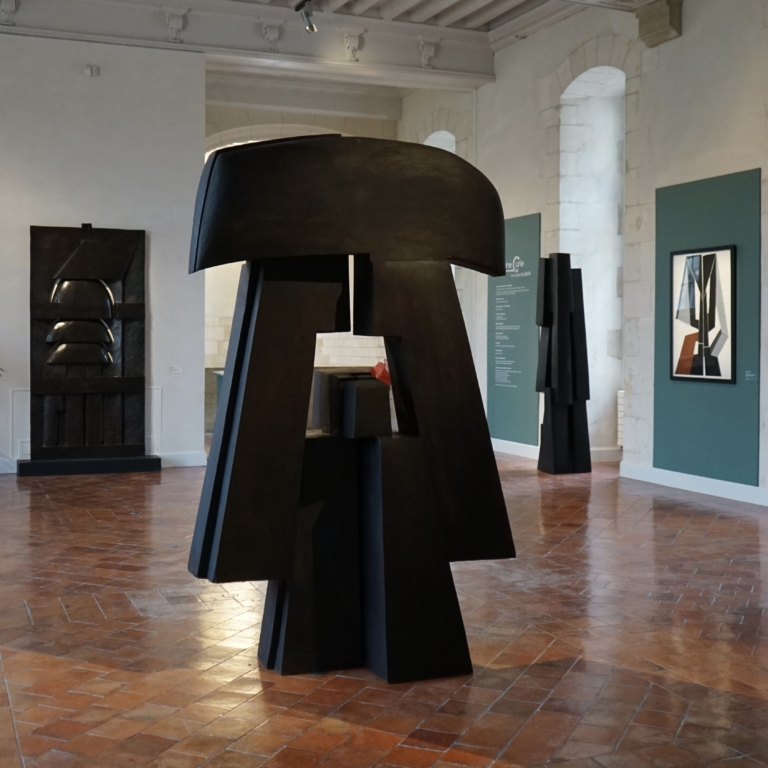
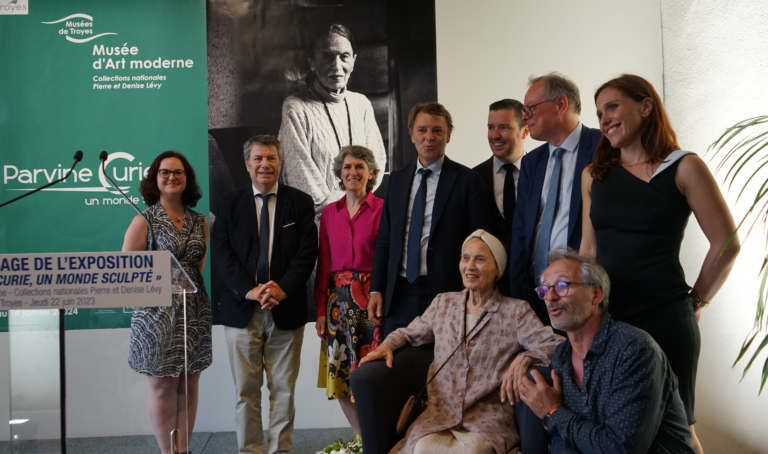
The city of Troyes declares that the opening ceremony in this newly renovated museum is an integral part of the Troyes 2030 project. This initiative aims to restructure the “Troyes museum hub” and facilitate access to culture for all.
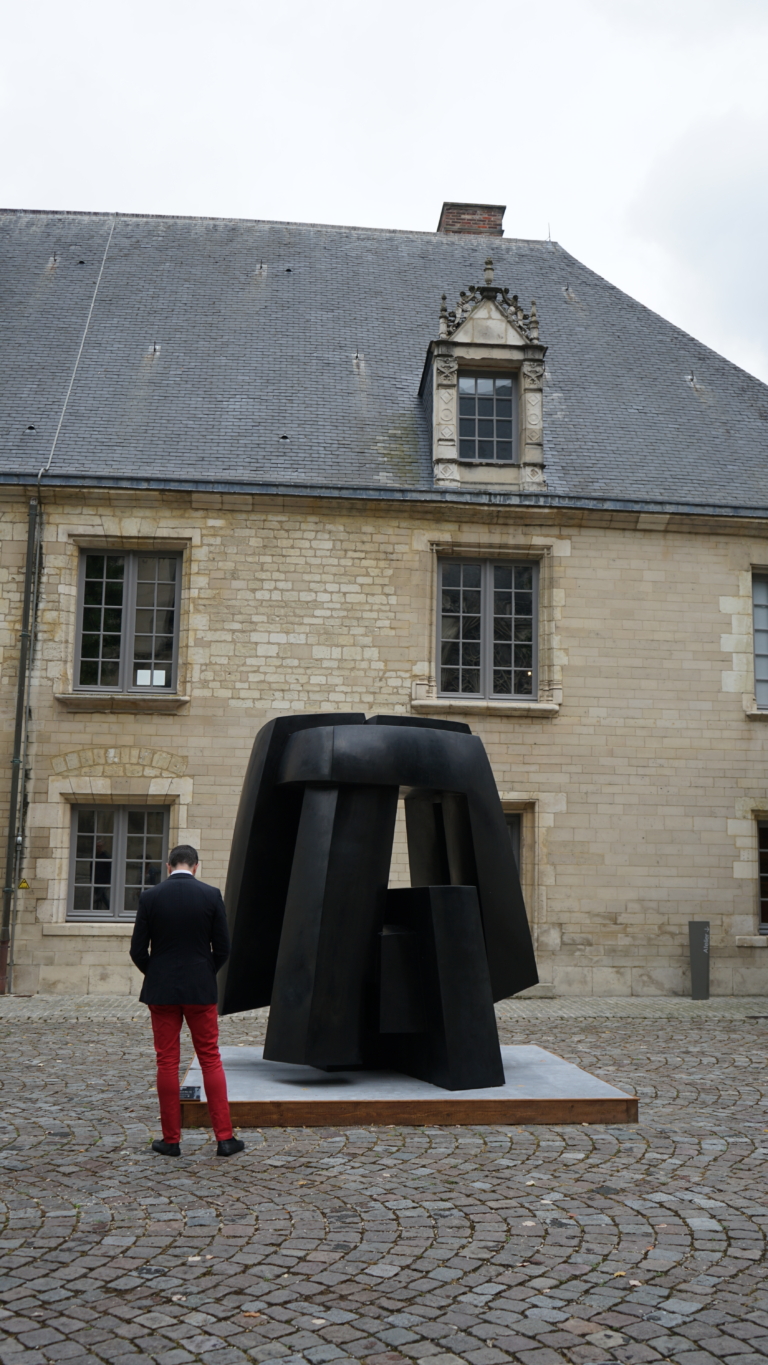
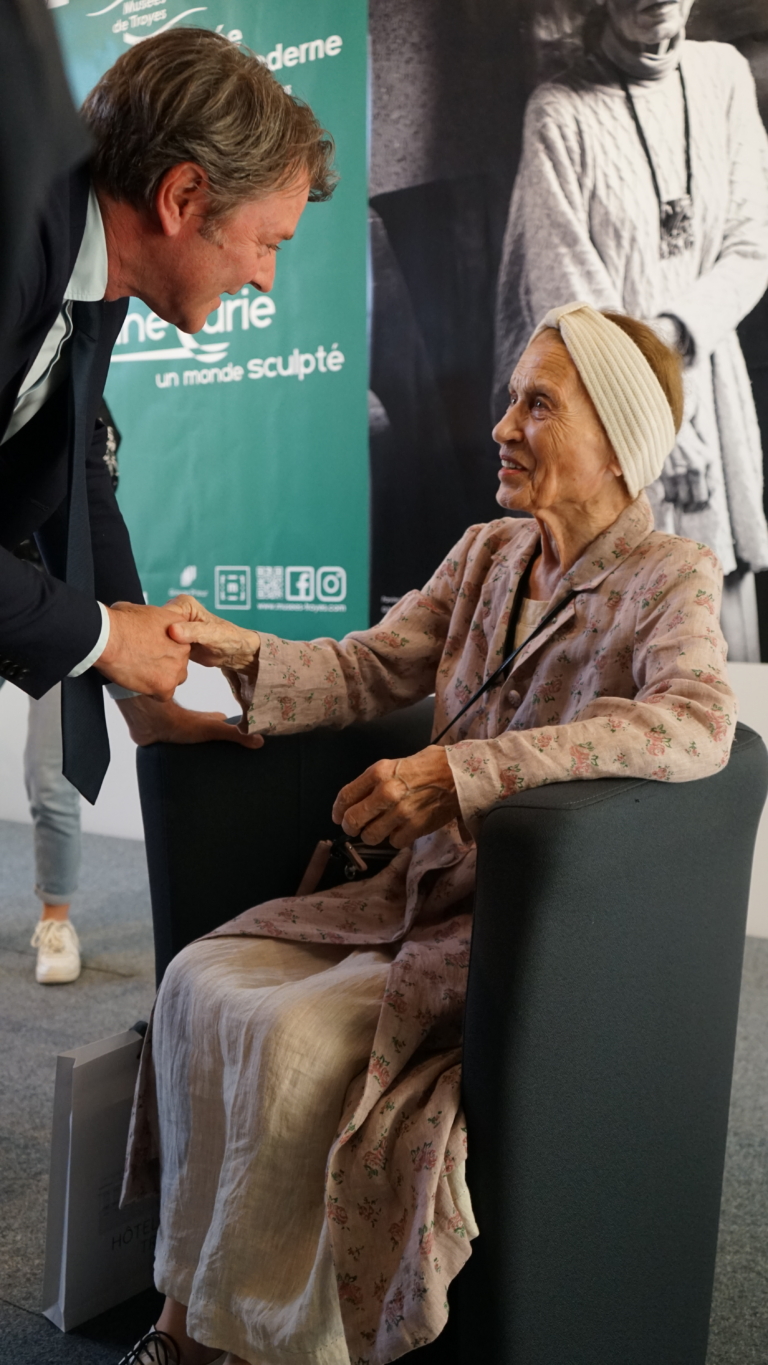
For more information about the exhibition, please visit the dedicated page on the museum’s website by clicking on the button below!
The artist offers you
-
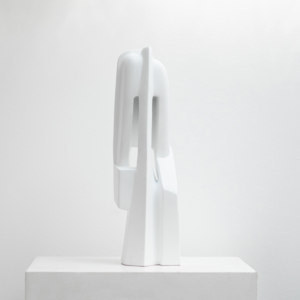
PERSONNAGE CADAC White• Prestigious collectionParvine Curie
1200,00€Add to WishlistAdd to Wishlist -
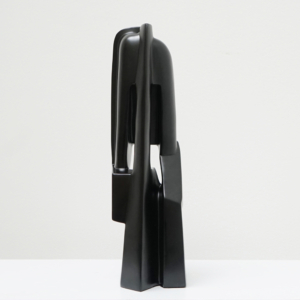
PERSONNAGE CADAC Black• Prestigious collectionParvine Curie
1200,00€Add to WishlistAdd to Wishlist

